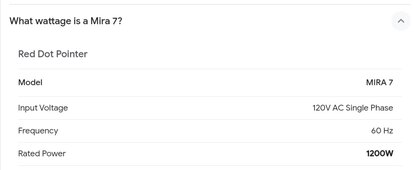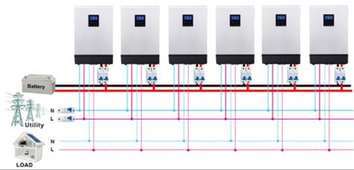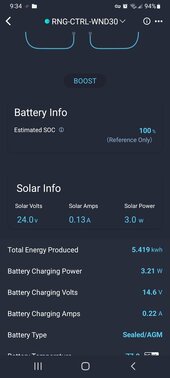No not planning on that sorta heat persay. This is a 12x20 shed that I'm using for a workshop aka craft room. As soon. As sun comes up it heats pretty quickly which will probably be a little problematic in july! I have 2 laser engravers in my house and my pro model is in the building partly in a crate. If I read correctly it's 1200 watts. No it's not for shows etc, I actually have a Jackery pro if I were into traveling with my equipment. I'd probably run 2 hours a day at best with this machine and not consecutive hours.Do you know how many watts it takes to operate the laser engraver? I don't know a thing about them but the google suggested less than 150 watts so consumption is dramatically less than the heater and you'd probably be able to run the engraver for a decent amount of time.
Electric heat is a huge draw. Are you planning on using this for heat on a regular basis?
Feel free to walk us back and tell us what you want to do with this set-up. Operate a laser engraver at a craft show 8 hours a day? Keep your van warm? when it's 30 degrees outside?
Last edited:






